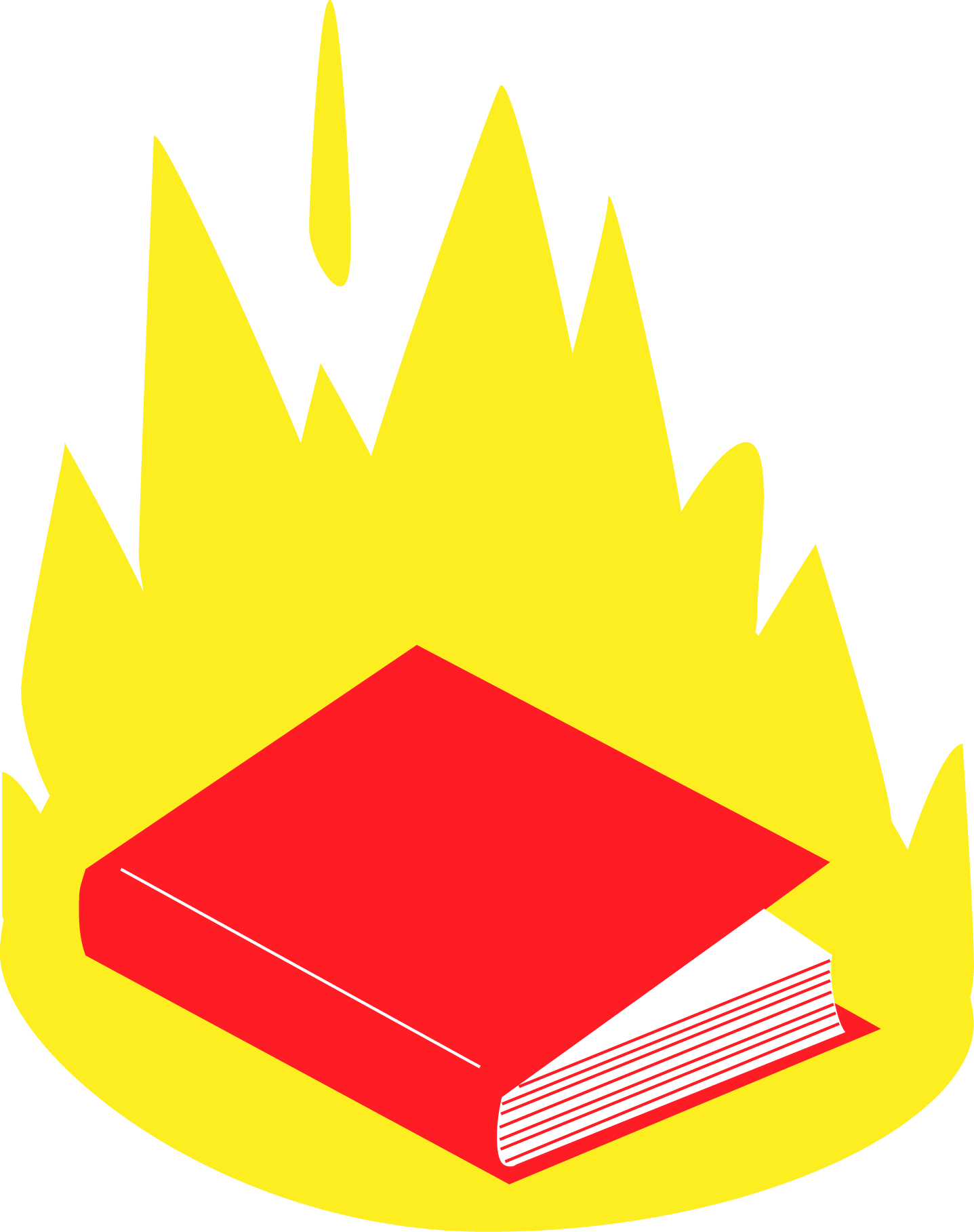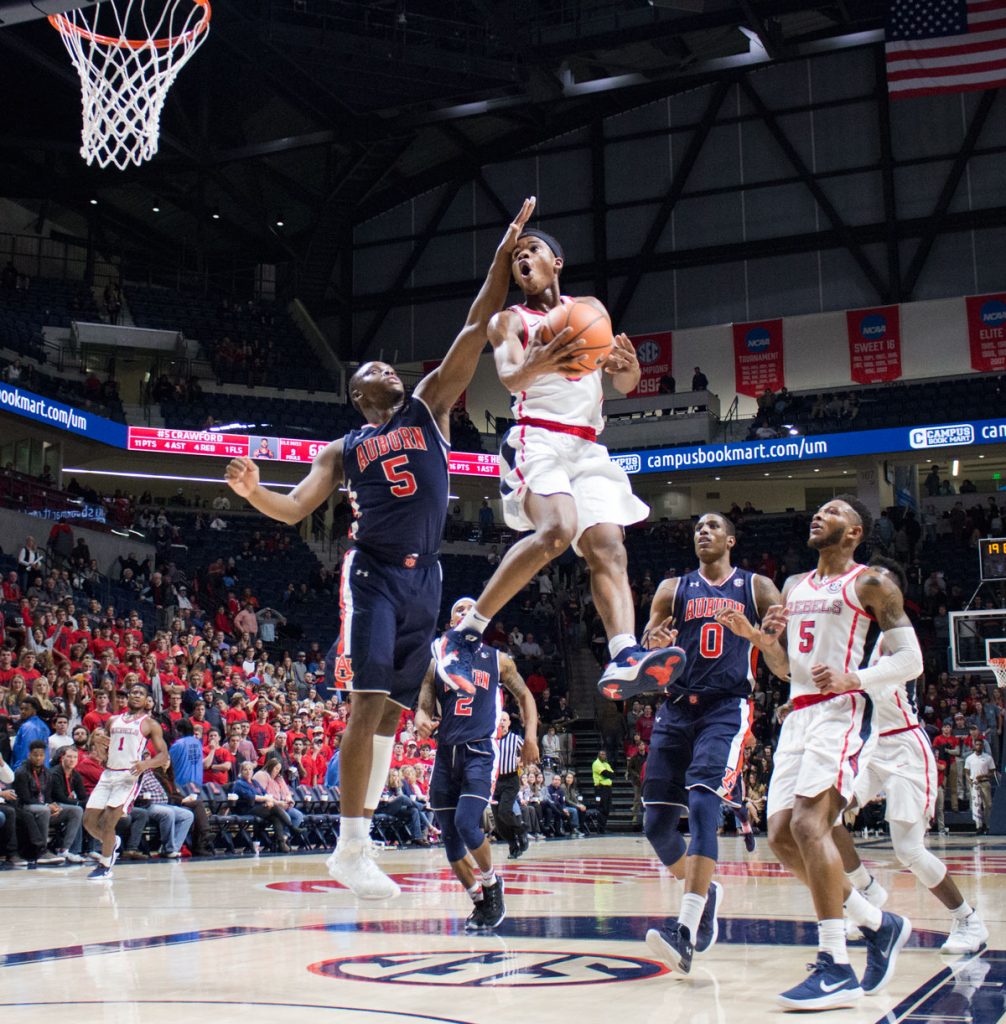Let’s face it – we all wish we had more leisure time to read books. Between classes, extracurriculars, homework and sleep, it is hard to find free time to do any reading for fun, especially with all the reading that professors love to assign. It’s always embarrassing when your professor mentions a book in class that everyone read in his high school curriculum except for you. If you have any free time to read this semester, check out one of these books your high school teacher may have missed.
“Of Mice and Men” by John Steinbeck
This Steinbeck classic follows the tale of two field workers – the strong yet mentally challenged Lennie and his quick-witted best friend, George, as they chase their dream of buying a piece of land for themselves. Though a little melodramatic, this novella is guaranteed to pull at your heartstrings. Plus, clocking in at only around 30,000 words, this is designed to be a quick read.
“1984” by George Orwell
Published in 1949, this dystopian novel follows Winston Smith, who works in the government, unknowingly promoting government propaganda, and his rebellion against the law in favor of individualism. Orwell’s novel deals with the concepts of surveillance, censorship and nationalism in relation to government control. This novel is a must-read for modern audiences, as many of its concepts transcended the novel and made their way into the public lexicon.

“The Catcher in the Rye” by J.D. Salinger
Salinger’s 1951 novel has become synonymous with teen angst and rebellion. The novel follows protagonist Holden Caulfield’s expulsion from prep school and the significant events that resulted from this. This coming-of-age tale also discusses complex themes of identity, belonging and loss of innocence. These are all themes college students should definitely be able to relate to.
“Fahrenheit 451” by Ray Bradbury
Another dystopian novel, this story follows protagonist Guy Montag, a fireman. However, in this novel, the term “fireman” is used to refer to people who burn books, as books have been outlawed in this dystopian future. Written due, in part, to Bradbury’s fear of book burning in the U.S., this novel speaks out against the practice, advocating for the sharing of art and ideas. Plus, with “Fahrenheit 451” being adapted into an HBO series later this year, this is the perfect time to read the novel.

“The Great Gatsby” by F. Scott Fitzgerald
While modern audiences may be familiar with the 2013 film starring Leonardo DiCaprio, this classic is actually nearing its centennial anniversary, having first been published in 1925. Told through the eyes of Nick Carraway, this story mostly centers on mysterious millionaire Jay Gatsby and his extreme fascination with socialite Daisy Buchanan. Though initially published nearly a century ago, the concepts of excess, decadence and resistance to change are still relevant to modern audiences, as any fan of the movie is bound to agree.
“To Kill a Mockingbird” by Harper Lee
Set in the mid-1930s, “To Kill a Mockingbird” tells the story of young Scout, her brother, Jem, and father, Atticus. A lawyer, Atticus has been appointed to defend Tom Robinson, a black man accused of raping a white woman. In the face of public disapproval, Atticus says he will defend Tom to the best of his ability. This book emphasizes the importance of tolerance and preaches against prejudice, themes that are still extremely important today.

“Metamorphosis” by Franz Kafka
The second novella listed here, Kafka’s “Metamorphosis” follows Gregor Samsa, who wakes up one day and realizes he has been transformed into a giant insect. From there, his family, initially horrified, agrees to take care of him while he recovers. This novel has many different interpretations and implied meanings, as no themes or morals are clearly present. Some critics even say the novel is more about Gregor’s family than himself. “Metamorphosis” is open to nearly any interpretation, and what each reader gets from the novel is entirely up to himself.
“Slaughterhouse-Five” by Kurt Vonnegut
This novel is widely regarded as Kurt Vonnegut’s most influential novel. Told in a nonlinear fashion, “Slaughterhouse-Five” tells the story of Billy Pilgrim, an anti-war soldier who experiences time travel after being captured by German soldiers in 1944. This novel discusses themes of religion in relation to philosophy while also being staunchly anti-war, a sentiment that could resonate with readers today. Even if a reader disagrees with the philosophical ideals presented in this novel, it is still an extremely enjoyable science-fiction classic.
Now that you know which books to add to the top of your “to-be-read” list, make sure you stop by a bookstore and pick up one of these classic novels. Who knows – you might even be able to finish one before the end of the semester.












